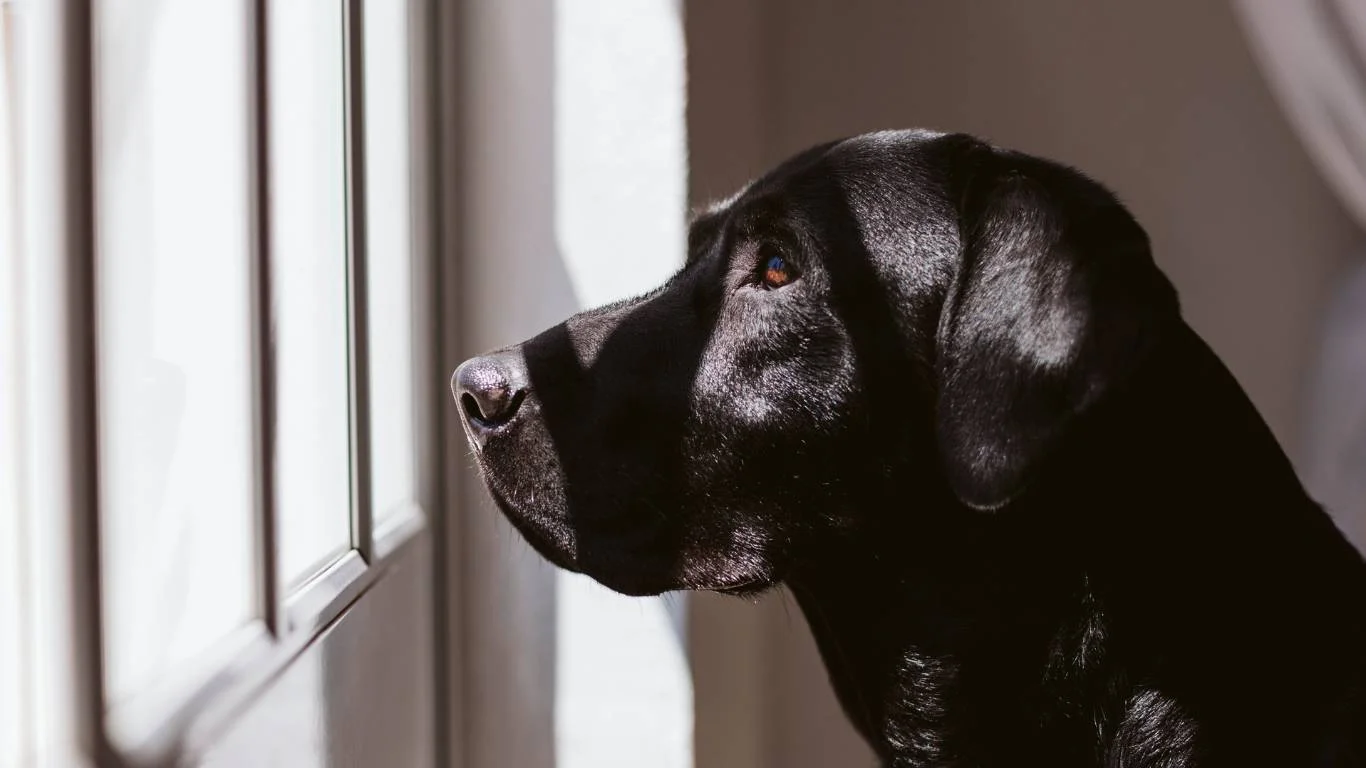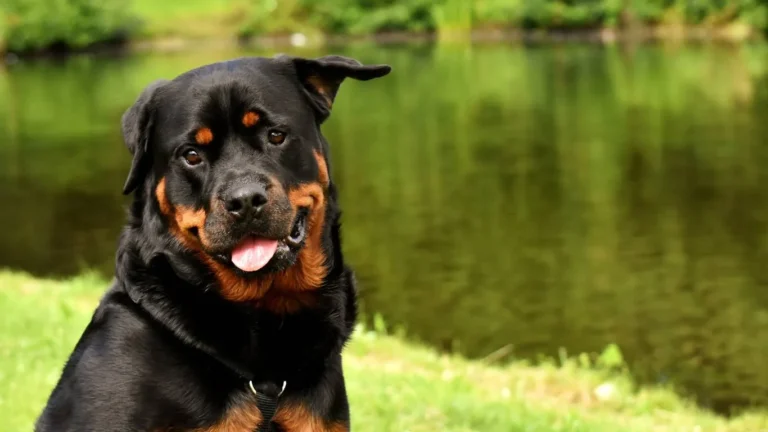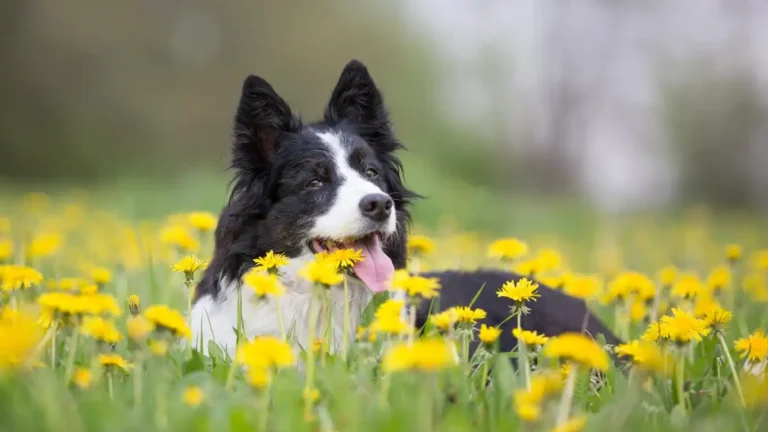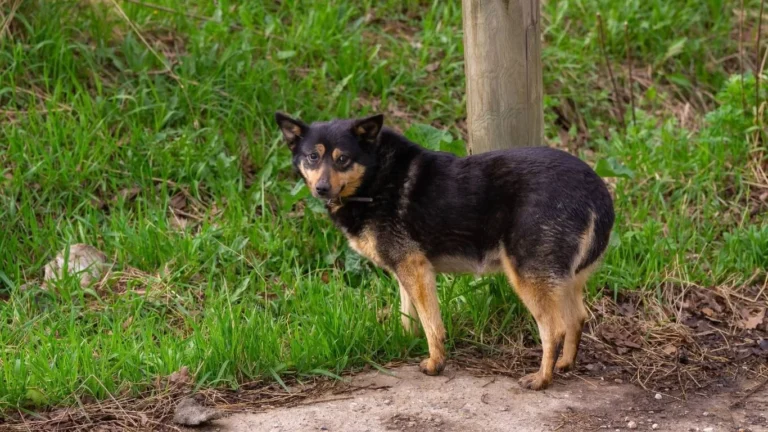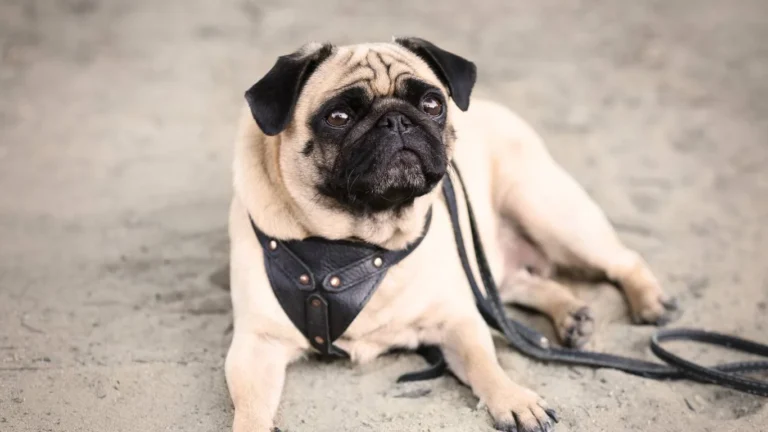Best Essential Oils for Dog Anxiety Relief That Actually Work
When it comes to calming our anxious pups, we’ve all tried the usual tricks — thunder shirts, calming chews, even that background classical music playlist on repeat. But what if I told you that some of the best essential oils for dog anxiety relief are already sitting in your cabinet or just a click away? As someone who’s worked hands-on as a Veterinary Assistant with a nutrition focus, I’ve seen firsthand how gentle, natural remedies — especially essential oils — can support a dog’s emotional well-being when used the right way. Let me walk you through it, real talk style, no fluff.
Understanding Dog Anxiety: Why Our Pups Get Stressed

If you’ve got a dog who trembles during fireworks, panics when you leave the house, or suddenly turns into a velcro pup every time it rains — welcome to the club. Dog anxiety is more common than most folks realize. I’d estimate, based on the dogs I’ve worked with, that about 3 out of 5 show some signs of anxiety, whether it’s separation anxiety, noise phobias, or generalized nervousness.
What’s tricky is that anxiety in dogs doesn’t always look like fear. Sometimes it’s constant licking, pacing, chewing on furniture, or even just zoning out and acting “off.” I had one sweet Labrador who used to frantically dig at her bed anytime her owner grabbed keys — classic separation stress.
Types of Anxiety in Dogs
- Separation Anxiety: When they can’t cope being alone.
- Noise Anxiety: Triggered by loud sounds like thunder or fireworks.
- Social Anxiety: Fear of new people or other dogs.
- Situational Anxiety: Vet visits, car rides, or grooming sessions.
In each of these cases, essential oils can help — not as a magical fix, but as a supportive tool in your calming toolkit. Let’s get into how they work.
How Essential Oils Work for Dogs (and Why Quality Matters)
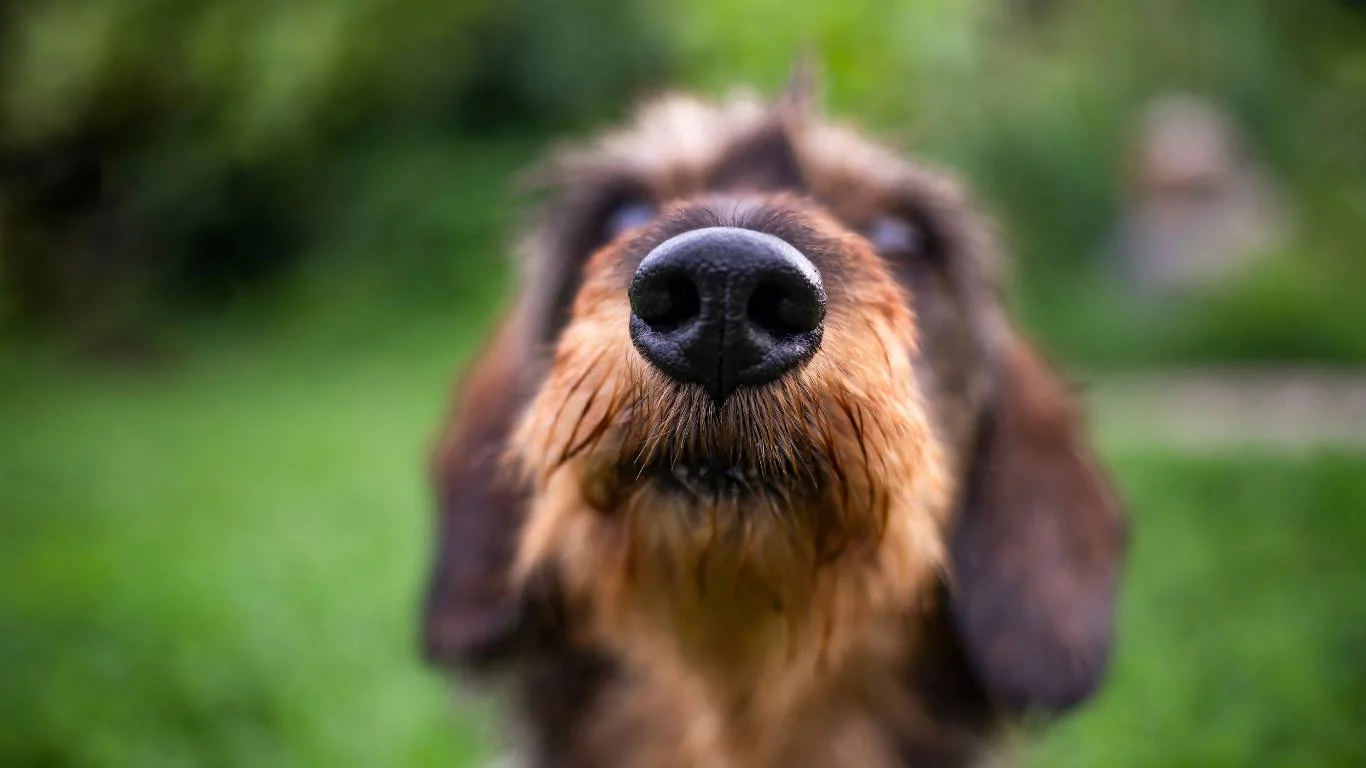
Now before we go dripping oils all over our dogs (please don’t do that, by the way), let’s talk science for a sec. Essential oils are highly concentrated plant extracts — they interact with the limbic system in the brain, which is responsible for emotions. When diffused properly or applied topically (diluted, always diluted!), certain oils can have a calming effect.
But here’s the deal — not all essential oils are created equal, especially when it comes to pets. Dogs are way more sensitive to scents than we are. Their sense of smell is about 40x stronger than ours. So, a little goes a long way, and quality control is everything. I’ve personally had clients come in with dogs showing irritation just from being exposed to low-grade, synthetic oils. Lesson learned: always go with therapeutic-grade, vet-safe options.
Tips for Choosing Safe Essential Oils for Dogs
- Look for 100% pure, organic oils. No fillers, no additives.
- Avoid “fragrance” oils. If it says “fragrance,” it’s not the real deal.
- Check for third-party testing. Reputable brands will share lab results.
- Talk to your vet or a certified aromatherapist. Especially if your dog has health issues.
Also, something I tell every dog parent — start slow. Introduce the oil in a diffuser and observe. Watch for signs like excessive licking, sneezing, or leaving the room. That’s your dog saying, “no thanks.”
Best Essential Oils for Dog Anxiety Relief (My Top Picks)

Alright, let’s talk specifics. These are the essential oils I’ve seen make the biggest difference in calming anxious pups, both in clinical settings and with my own furry clients at home.
1. Lavender (Lavandula angustifolia)
This one’s a classic for a reason. Lavender is like a warm hug in a bottle. It’s been studied for its calming effects in both humans and animals. I used to keep a diluted lavender spray at the clinic to mist bedding before nervous patients came in. The vibe shift was real — even the barky chihuahuas mellowed out a bit.
2. Chamomile (Matricaria recutita or Chamaemelum nobile)
Chamomile isn’t just for tea. It’s soothing, anti-inflammatory, and great for both skin and emotional health. I’ve recommended this one a lot for dogs with anxiety and tummy troubles (since stress can trigger digestive issues). Roman Chamomile tends to be gentler for pets.
3. Frankincense (Boswellia carterii)
Frankincense might seem fancy, but it’s seriously grounding. It’s especially helpful for senior dogs who are anxious due to cognitive decline. One of my favorite older clients, a sweet beagle named Molly, calmed down dramatically once her family started diffusing a touch of frankincense in the evenings.
Stay tuned, because there are a few more oils — and safe ways to use them — that I’ll share next. But for now, just know that the right essential oils, introduced with care, can truly help your dog find their calm again.
4. Sweet Marjoram (Origanum majorana)
This one’s a hidden gem. Not many pet parents know about sweet marjoram, but let me tell you — it’s fantastic for calming a tense or overstimulated pup. I once worked with a rescue shepherd mix who had been through multiple fosters and had intense situational anxiety. Sweet marjoram became his go-to scent during crate time and car rides. It helped ground him without making him drowsy.
It has a mild, earthy aroma — not too floral, which is great if your dog’s sensitive to stronger scents like lavender. Plus, it blends well with oils like frankincense and chamomile if you’re into custom diffuser blends.
5. Cedarwood (Cedrus atlantica)
If your dog gets super wired at night, cedarwood might be your answer. This oil is known for promoting relaxation and a sense of security. I’ve had clients who say their dogs finally started sleeping through the night after diffusing cedarwood in the bedroom. Bonus? It can also repel fleas. So you get calm vibes and pest protection in one bottle — that’s what I call a win-win.
6. Valerian Root (Valeriana officinalis)
Alright, I won’t lie — this one smells a little funky. Think gym socks meets dirt. But valerian root is potent when it comes to severe anxiety and restlessness. I used it once with a high-strung border collie who couldn’t relax even during down time. With proper dilution and supervised use, valerian helped turn his constant pacing into peaceful naps. Definitely not for every nose, but worth considering if your dog has deeper nervous system imbalances.
Safe Ways to Use Essential Oils Around Dogs

Here’s the deal — even the best essential oils for dog anxiety relief can backfire if you use them the wrong way. I’ve seen some pretty gnarly skin reactions from well-meaning pet parents who didn’t dilute properly, or worse, used toxic oils like tea tree thinking it was calming (spoiler: it’s not safe for dogs in most forms).
Rule #1: Always Dilute
Essential oils are super concentrated. For dogs, you want to mix them with a carrier oil like fractionated coconut oil, sweet almond oil, or jojoba. A good starting ratio? 1 drop of essential oil to 50 drops of carrier oil. For smaller dogs or puppies, make it even more diluted.
Rule #2: Diffuse Smart
Diffusing is one of the safest ways to use oils — if you do it right. Choose a spot your dog can leave if they don’t like the smell. Never trap them in a room with a strong diffuser going. I always recommend 15-20 minutes at a time, especially when introducing a new oil.
Rule #3: Never Apply Near Eyes, Nose, or Genitals
This one’s pretty self-explanatory, but you’d be surprised how often I’ve seen folks rub oils on a dog’s snout. Just don’t. Apply to the back of the neck, base of the tail, or paw pads if you’re doing topical — and always monitor your pup’s reaction.
Rule #4: Know the Red Flags
- Excessive drooling or pawing at the face
- Sudden lethargy or hyperactivity
- Vomiting or diarrhea
- Disinterest in food or water
If you notice any of these after using oils, stop immediately and contact your vet. Better safe than sorry, always.
DIY Calming Spray for Dogs (My Go-To Blend)
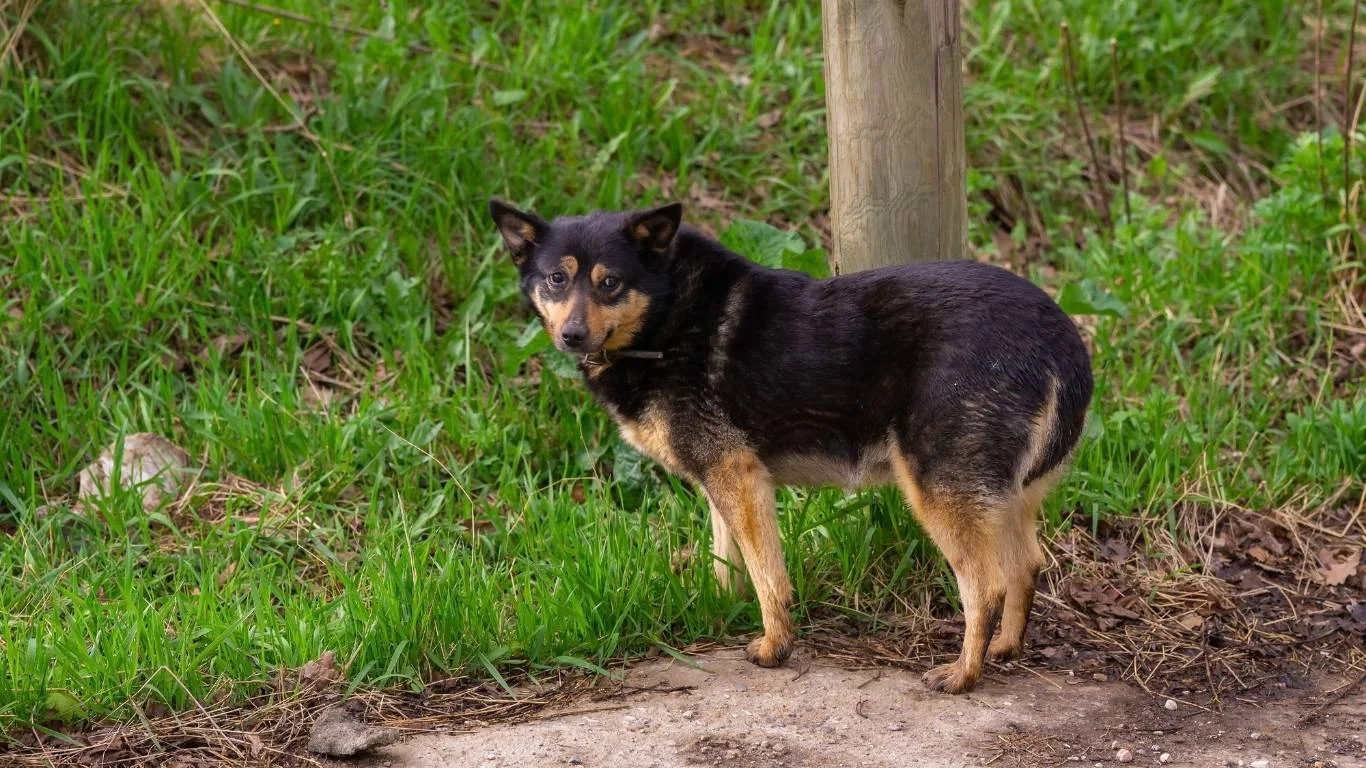
Alright, ready to try a safe, simple blend at home? This is the recipe I used to make weekly for clinic clients, especially those with travel anxiety or pre-appointment jitters. It’s vet-safe, gentle, and actually smells pretty darn good.
Ingredients:
- 4 oz distilled water
- 1 tsp fractionated coconut oil
- 2 drops lavender essential oil
- 1 drop Roman chamomile essential oil
- 1 drop cedarwood essential oil
Directions:
- Add the oils to a small spray bottle.
- Pour in the carrier oil, then top with distilled water.
- Shake gently before each use.
- Lightly mist on your dog’s bedding, blanket, or around the crate (avoid direct contact with fur).
I’ve used this blend on everything from hyper Goldendoodles to anxious greyhounds before grooming sessions. It creates a calming scent space without overwhelming them — and it’s human-friendly too. I’ve even used it as a linen spray in a pinch!
Other Tools That Pair Well With Essential Oils
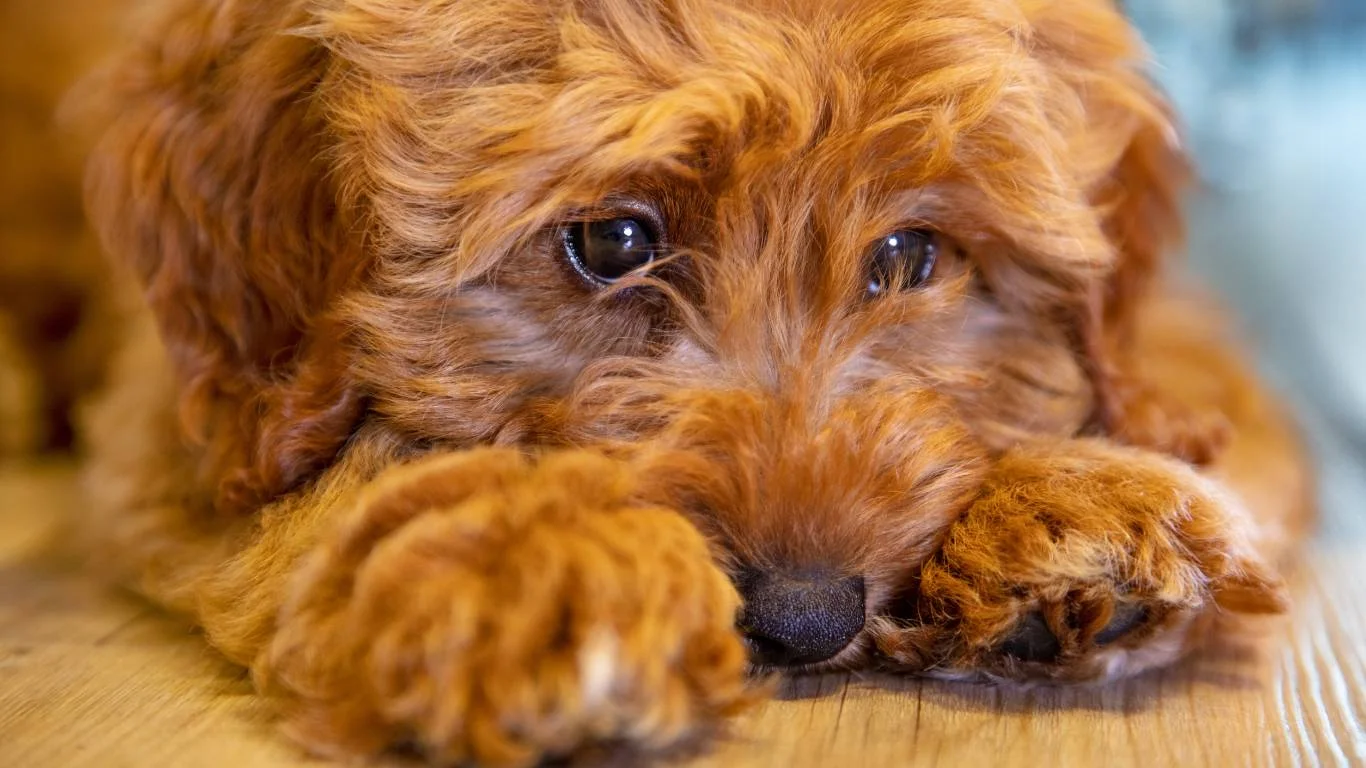
Essential oils shine the most when you pair them with other calming strategies. Think of it as a holistic toolkit rather than a standalone fix. Here are a few things I often recommend to clients alongside oils:
- Weighted blankets: Great for thunderstorm anxiety or nighttime stress.
- Classical or binaural music: Helps set a calm tone in the home.
- High-quality calming chews: Look for ingredients like L-theanine, melatonin, and tryptophan.
- Enrichment toys: Mental stimulation is a huge stress reliever.
One trick I love? Combine a calming spray with a frozen treat or slow feeder toy. Your dog gets double the calm — one through scent and the other through focused engagement. It’s like spa day meets brain game.
And don’t forget — every dog is unique. What works for your neighbor’s golden retriever might not vibe with your pug. Trial and error is part of the process, but trust your gut (and your pup’s behavior). You know your dog best.
Essential Oils to Avoid Around Dogs (Seriously, Don’t Risk It)

Alright, this part is super important — maybe even the most important section of the whole article. While there are plenty of best essential oils for dog anxiety relief, there are also several that should be completely avoided around dogs. And no, it’s not just about allergic reactions. Some of these oils can actually be toxic to your pup’s liver or nervous system.
I’ve seen cases where dogs came into the clinic with tremors, vomiting, or disorientation — and the common denominator? Exposure to unsafe essential oils. Most pet parents had no idea they were doing anything wrong. So let’s clear the air:
Top Essential Oils That Are NOT Safe for Dogs:
- Tea Tree (Melaleuca): Even small amounts can cause toxicity. Just skip it, always.
- Peppermint: Often used in DIY sprays, but it’s way too strong for most dogs and can cause respiratory distress.
- Eucalyptus: I know it smells “clean,” but it’s a big no-no for dogs and cats alike.
- Pine & Wintergreen: These can be harmful to the liver and nervous system.
- Cinnamon, Clove, and Thyme: All super strong and irritating to your dog’s mucous membranes.
If you’re ever in doubt about an oil, don’t guess — double-check with a vet or certified animal aromatherapist. A good rule of thumb? If it smells overpowering to you, it’s probably way too much for your dog’s ultra-sensitive nose.
How to Tell If Essential Oils Are Working for Your Dog

Sometimes I get asked, “How do I know if this stuff is actually helping?” — and it’s a legit question. With essential oils, the effects can be subtle, especially when compared to pharmaceutical options. But there are some clear signs that your calming routine is making a difference.
Positive Signs to Look For:
- Your dog starts sleeping better or more deeply.
- Reduced pacing, whining, or compulsive behaviors.
- More interest in toys or food, especially during stressful times.
- Increased independence — less clinginess when you leave the room.
I once had a client with an older pug named Daisy who couldn’t handle being alone for even 5 minutes. After two weeks of using a lavender and frankincense diffuser combo, they were able to leave her home for short errands without any meltdowns. That may not sound dramatic, but for that family, it was life-changing.
Real Talk: When Essential Oils Aren’t Enough
I love essential oils — obviously — but let’s keep it real. They aren’t a cure-all. If your dog is dealing with deep-rooted anxiety or trauma, you might need to take a more comprehensive approach. I’ve worked with rescue dogs, ex-breeding mamas, and shelter dogs with serious emotional scars. For them, oils were a support tool, not the main treatment.
Here are a few scenarios where it’s smart to loop in professional help:
- Your dog’s anxiety is worsening despite consistent efforts.
- They’ve become aggressive or withdrawn.
- There’s been a sudden behavioral change without an obvious trigger.
- They’re showing signs of depression or chronic stress (e.g. not eating, extreme lethargy).
In those cases, talk to your vet. You might be looking at a mix of behavior training, prescription meds, and environmental changes. PetMD and AKC both have great resources to help you explore all your options.
Resources to Deepen Your Knowledge
Curious to dig deeper? Here are a few reliable places to learn more about pet-safe essential oils, behavioral health, and integrative care:
- NIH — For scientific studies on essential oil safety.
- AKC — Has several evidence-based guides on calming strategies for dogs.
- Health.com — Great for understanding aromatherapy’s broader applications.
- PetMD — Their articles are vet-reviewed and super beginner-friendly.
Final Thoughts from My Experience
If there’s one thing I’ve learned from years of working in vet clinics and helping dog parents navigate holistic care, it’s this: calming an anxious dog takes patience, empathy, and trial and error. Essential oils are a beautiful part of that journey — gentle, natural, and rooted in centuries of herbal wisdom. But they work best when you listen to your dog, pay attention to their signals, and stay curious about what makes them feel safe.
And hey, if your pup doesn’t vibe with lavender or chamomile, that’s okay! Every dog is different. Just like us, they have their own preferences. Find what resonates — and when you do, you’ll see the difference. It’s in the softer eyes, the slower breathing, the wag that comes a little more freely.
Disclaimer
Disclaimer: This article is for informational purposes only and does not substitute professional veterinary advice. Always consult your veterinarian before introducing essential oils or other supplements into your dog’s routine, especially if they have underlying health conditions, are pregnant, nursing, or are on medication. Use only pet-safe, high-quality essential oils, and always dilute appropriately. Monitor your pet closely when introducing any new product into their environment.
